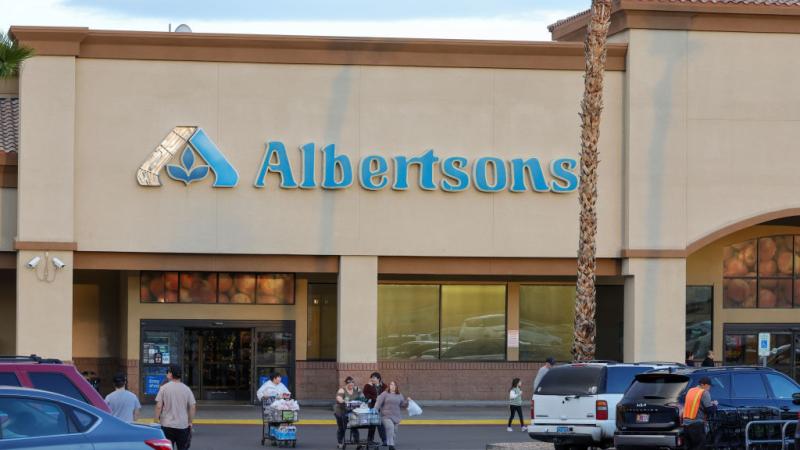NASA offers $35,000 for new toilet designs
The agency is sending astronauts to the Moon in the next four years and wants to replace the current primitive toilets
NASA is calling on the public to help design toilets for astronauts on the Moon.
The agency announced on Thursday its new Lunar Loo challenge that calls for global innovators to submit novel design concepts for compact toilets that can operate in both microgravity and lunar gravity.
“As we prepare for our return to the Moon, innumerable activities to equip, shelter, and otherwise support future astronauts are underway,” the HeroX challenge overview stated. “These astronauts will be eating and drinking, and subsequently urinating and defecating in microgravity and lunar gravity.”
NASA astronauts are planning to return to the Moon by 2024 with an Artemis mission. They are requesting ideas for a reinvented, more efficient toilet for their astronauts through their challenge with HeroX.
“Defecation and urination have been bothersome aspects of space travel from the beginning of manned space flight,” according to a report on waste management from NASA.
When Neil Armstrong and Buzz Aldrin first set foot on the moon, they had to forgo the luxury of a stable Earth-bound latrine. They urinated into a cuff that emptied into a bag that had to be changed each day. More primitive measures were used to dispose of fecal matter, according to the report. Astronauts taped plastic bags to their buttocks.
Space toilets have improved only marginally over the decades. The people living long periods of time in the International Space Station use a funnel with a fan that suctions up their urine; they still have to use fecal bags.
Astronauts gearing up for the next Artemis mission have expressed concerns about going back to the Apollo excretion plans.
"The astronauts were adamant that they do not want to go back to the Apollo bags," Mike Interbartolo, an engineer on NASA's team for lunar landings, told Business Insider, leading to the Lunar Loo challenge.
The challenge has two prizes: the technical prize and the junior prize.
The rewards for the technical prize are $35,000 split between the top three winners, interaction with NASA engineers and possible interactions with astronauts and a private tour of the Johnson Space Center in Houston. The junior winners will receive public recognition from NASA and HeroX, a winner’s certificate, official NASA merchandise, as well as a “mystery prize.”
The deadline to submit a design to NASA through HeroX is Aug. 17, 5 p.m. ET.
Click here to check out NASA’s specified requirements for the design.














